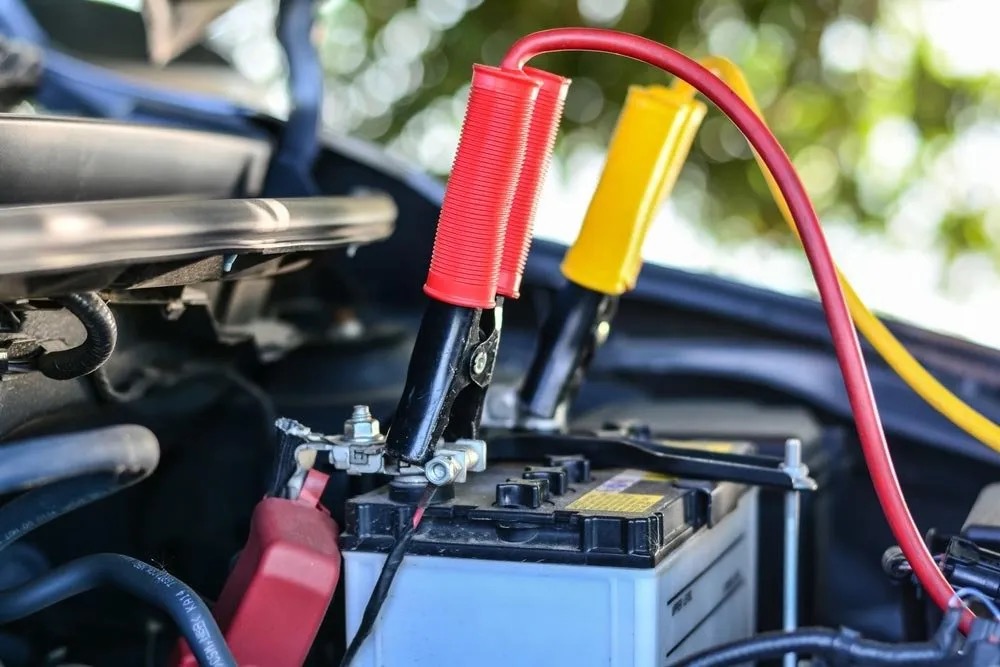Optimizing Charging Time is essential for maximizing battery efficiency, minimizing energy waste, and prolonging battery lifespan. Whether for consumer electronics, electric vehicles, or renewable energy storage, proper charging techniques ensure faster recharge cycles while maintaining safety and performance.
Why Charging Time Optimization Matters
Optimized charging time provides multiple benefits:
- Energy Efficiency: Minimizes energy lost as heat during charging, saving electricity.
- Battery Longevity: Controlled charging prevents overcharging, overheating, and chemical degradation.
- Convenience: Reduces downtime, ensuring devices, EVs, or systems are ready when needed.
- Cost Savings: Efficient energy use lowers operating costs in both personal and industrial applications.
Key Principles of Charging Time Optimization
Match Charger to Battery Type
Using a charger specifically designed for the battery chemistry and capacity ensures safe, fast, and efficient charging. Lithium-ion, LiFePO4, and lead-acid batteries all require different charging parameters.
Implement Multi-Stage Charging
Multi-stage charging techniques, such as constant current (CC) followed by constant voltage (CV), allow faster initial charging and controlled completion, balancing speed with battery protection.
Monitor Temperature
Maintaining optimal battery temperature prevents chemical slowdowns and reduces total charging time. Thermal management systems in EVs and industrial batteries are critical for safe, efficient charging.
Avoid Deep Discharges
Frequent deep discharges increase charging time and accelerate wear. Keeping batteries in moderate charge ranges allows for shorter, safer recharge cycles.
Tools and Technologies for Optimization
Smart Chargers
Smart chargers dynamically adjust current and voltage based on battery condition, state of charge, and temperature. This adaptive approach optimizes charging time and protects battery health.
Online Calculators
Tools like the Charging Time Calculator help predict charging durations accurately, allowing users to plan energy use and reduce downtime.
Battery Management Systems (BMS)
BMS devices monitor cell balance, temperature, and voltage, ensuring efficient charging while protecting against overcharge or deep discharge, ultimately optimizing overall charging time.
Applications Across Industries
Consumer Electronics
Smartphones, laptops, and other portable devices benefit from fast and efficient charging, reducing idle time while maintaining battery health.
Electric Vehicles
EVs require high-output chargers and thermal management systems to optimize charging time. Partial charging strategies (typically up to 80%) balance speed with longevity.
Renewable Energy Systems
Solar and wind storage systems rely on optimized charging to maximize energy capture and storage during peak production periods.
Industrial and Backup Power
Optimized charging ensures large battery banks are ready when needed while reducing energy losses and minimizing stress on battery cells.
Best Practices for Effective Charging Time Optimization
- Use chargers compatible with battery chemistry and capacity
- Employ multi-stage charging to balance speed and safety
- Monitor battery temperature continuously
- Avoid excessive deep discharges or overcharging
- Plan charging schedules to match operational or usage patterns
Conclusion
Charging time optimization is a key factor in saving energy, improving convenience, and extending battery life. By selecting the right chargers, employing smart charging strategies, monitoring temperature, and using tools like the Charging Time Calculator, users can minimize downtime, maximize efficiency, and protect battery health. Properly optimized charging ensures reliable power availability across consumer electronics, electric vehicles, renewable energy systems, and industrial applications.
